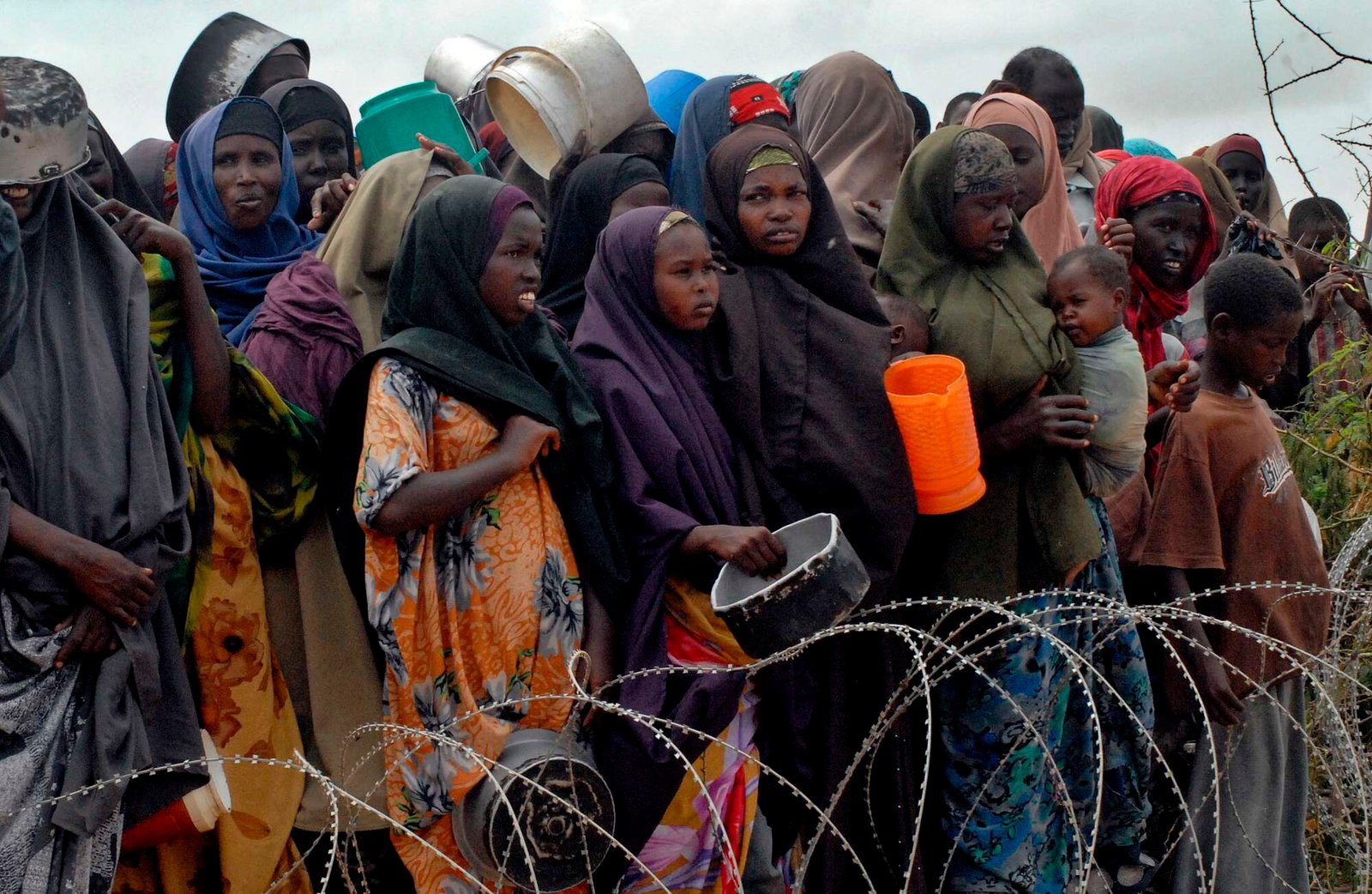[ad_1]
The 2023 United Nations’ State of food security and Nutrition in the World (Sofi) report has revealed that up to 783 million people around the world are living in hunger.
While this remains relatively unchanged from 2022, factors such as conflict, poverty, climate, economic shocks and Covid-19 have made it unlikely to meet the 2030 sustainable development goal of ending hunger without significant changes to global and local food systems.
Launched on July 12, 2023, the report also categorically indicates that food insecurity affects women more than men in every region of the world.
However, the gender gap in food insecurity at the global level which had widened in the wake of the Covid-19 pandemic, narrowed from 3.8 percentage points in 2021 to 2.4 percentage points in 2022, suggesting that the disproportionate impacts of the pandemic on women’s food insecurity have eased globally and in some regions.
Read: UN: World hunger stops rising but remains elevated
The gender gap diminished notably in Asia, Latin America and the Caribbean, but widened in Africa, Northern America and Europe.
“Hunger has been on the rise in Africa since 2010, with a sharp increase in all sub-regions in 2020 followed by a gentler rise in 2021. In 2022, the prevalence of undernutrition in Africa continued to rise from 19.4 per cent in 2021 to 19.7 per cent – the equivalent of 11 million more people in one year and nearly 57 million more since the outbreak of the Covid-19 pandemic. Moreover, hunger increased throughout all Sub-regions of Africa in 2022,” the report partly read.
As of 2023, the World Food Program (WFP) Hunger Map shows that 16.4 million Ugandans face insufficient food consumption. This represents an increase of 1.2 million food-insecure persons based on the last three months of 2022.
“It’s time for all stakeholders to ask themselves if the systems created to feed the planet are working. It is very clear they are not. We need to shift our mindsets around ending hunger—it’s time to invest in people and in communities to transform these global systems that only benefit some,” said Rowlands Kaotcha, Vice President of Programs, Africa and Mexico with the Hunger Project.
EA countries comparison
According to the live WFP hunger map as of August 11, 2023, Uganda with a population of 42.7 million people, 9.5 million have insufficient food conception, 3.5 per cent of children below five years have acute malnutrition and 28.9 per cent of the same age category have chronic malnutrition.
Read: Childhood stunting, obesity a burden for African nations
The map also shows that of the 51.4 million people in Kenya, 12.1 million people face insufficient food consumption while 4.2 per cent of the children under five are facing acute malnutrition, and 26.2 per cent under five are facing chronic malnutrition.
The same map shows that 23.2 million people in Ethiopia with a population of 109.2 million people have insufficient food consumption while 7.2 percent of children under five are facing acute malnutrition. 36.8 per cent of children under five are facing chronic malnutrition. In South Sudan with 11.0 million people, 3.5 million people have insufficient food consumption while 22.7 per cent of children under five are facing acute malnutrition, while 31.3 per cent of children under five are also facing chronic malnutrition.
[ad_2]
Source link



